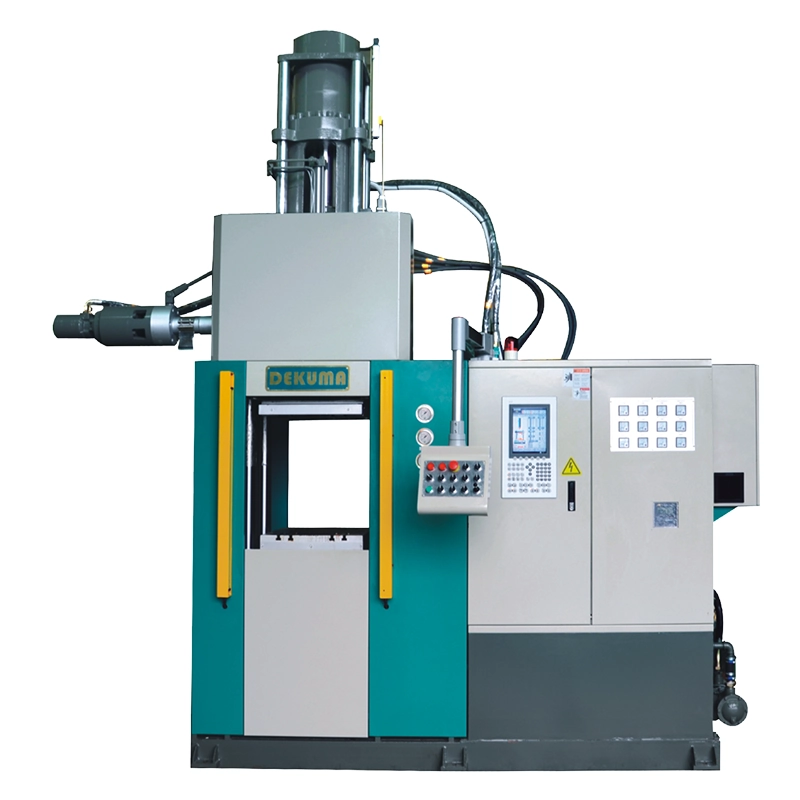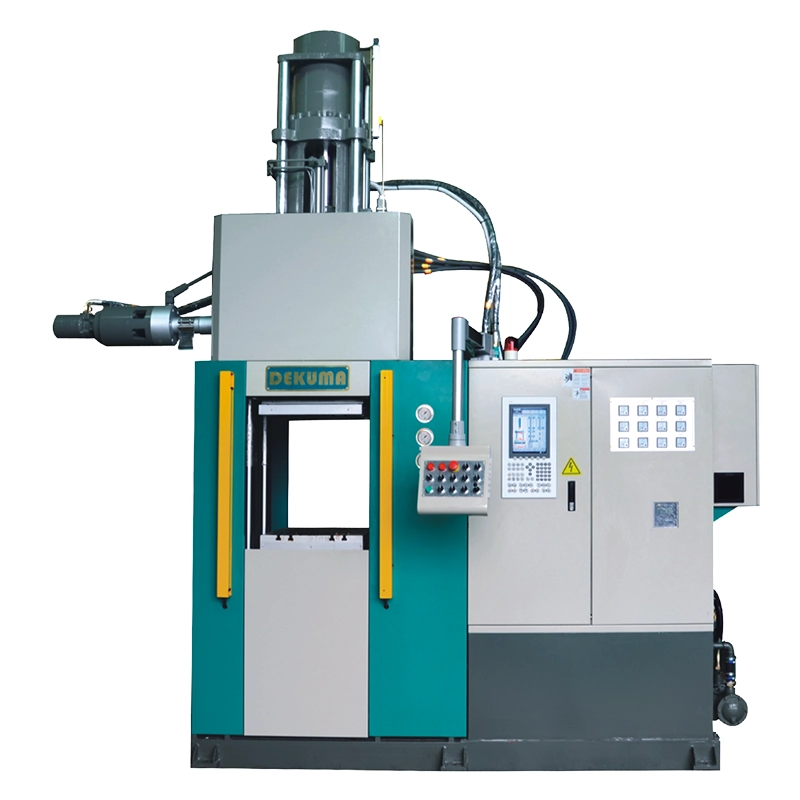EPDM, also known as ethylene propylene diene monomer, refers to an artificial rubber that is valued for its ability to withstand sunlight, ozone, heat, and cold. They are commonly found in everyday equipment, including EPDM rubber seals around car doors, flat roofing, heating, ventilation, and air conditioning (HVAC) gaskets, as they are flexible and resistant to cracking. The same toughness renders them handy in applications such as electrical insulation and marine hoses, due to their exposure to the elements.
So, can EPDM rubber be injection molded? The answer is yes, and it is one of the most efficient ways to shape this durable material. When parts must be precise and produced quickly, many plants rely on EPDM injection molding to turn the polymer into reliable seals and bumpers. This article will help manufacturers learn how the process works and why it is particularly well-suited for EPDM applications.
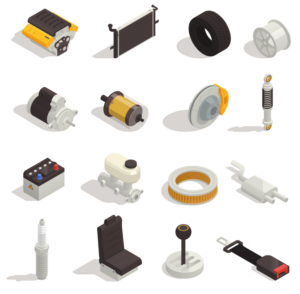
Table of Contents
ToggleWhat is EPDM Rubber?
EPDM rubber refers to a synthetic elastomer formed by copolymerizing ethylene and propylene with a small amount of diene for cross-linking. It is pliable down to -50℃ and can withstand continuous heat near 150°C. The polymer shrugs off sunlight, ozone, steam, water, and many acids. Hence, outdoor gaskets, hoses, roofs, and seals survive for years without cracking.
It is also a solid electrical insulator and comes in Shore A hardness from 30 to 90, allowing designers to balance flexibility with compression sets. Such balanced traits make it a go-to for the injection molding of complex automotive and construction parts. Its main compromise is poor resistance to petroleum oils and fuels, so nitrile or FKM is chosen for those fluids instead.
Can You Injection Mold EPDM Rubber?
Yes, EPDM rubber is well-suited for injection molding due to its thermal stability and ease of processing, making it ideal for consistent, large-scale production.
Rubber injection molding heats and plasticizes rubber on a screw. Then, the machine shoots the material under high pressure into a closed, hot mold, where it vulcanizes in seconds. The result is parts with tight tolerances produced in short molding cycles..
EPDM flows in this setup due to its low Mooney viscosity, and its forgiving cure window allows it to fill runners without scorching and cross-linking evenly. The brief high-temperature cycle does not affect the properties of the polymer, which retains its resistance to heat, ozone, and chemicals.
Thanks to the blend of flow and stability, EPDM injection molding produces seals, grommets, and weather-resistant parts at high volume with minimal flash.
Benefits of Using Injection Molding for EPDM
Not only does injection molding work well with EPDM, but it also brings significant advantages in manufacturing performance and product consistency.
- Precision: EPDM injection molding keeps tolerances tight. This is because the rubber is injected into a closed mold,and the metered volume limits flash. Repeatable cycles mean every seal compresses uniformly, all the while inhibiting leaks and jagged wear.
- Efficiency: EPDM injection molding finishes each shot in seconds, and some presses can even turn out hundreds of parts an hour. Furthermore, negligible runners and accurate dosing cut scrap, material consumption, and cleanup time.
- Scalability: EPDM injection molding scales because once the tool is built, the same press can run multi-cavity molds around the clock. Automated handling keeps per-part cost stable as volumes climb from prototype batches to millions.
Common Applications of EPDM Injection Molding
These manufacturing advantages translate into practical applications across areas like automotive, electrical, and industrial sectors.
Automotive Seals and Gaskets
Due to its specific needs, the automotive sector stands out as the largest user of molded EPDM parts. In particular, car doors, windows, and engine bays employ EPDM injection molding to create seals and gaskets that resist UV, ozone, and coolant splashes. The rubber stays flexible, preventing wind noise and leaks for years.
Electrical Insulation Components
As the polymer is a strong dielectric, EPDM injection molding is used to outfit cable boots, connector grommets, and high-voltage switchgear sleeves. Its low polarity enables it to keep its insulation even when wet, and ozone resistance avoids outdoor cracking. Therefore, it can serve as a low-maintenance alternative to PVC or neoprene rubber for cable sheathing and electrical sealing applications.
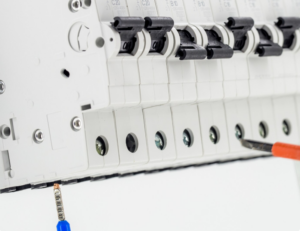
Industrial Tracks and Seals
On factory floors and running tracks, EPDM injection molding delivers rubber surfaces that handle heavy traffic, vibration, and chemicals without wearing out. In pumps, valves, and conveyors, the same compound serves as seals that resist water swell and stay elastic across a temperature band. Such traits cut downtime and replacement costs in many industrial sites.
Rubber Injection Molding Machines for EPDM
EPDM rubber’s compatibility with injection molding is just one piece of the puzzle; achieving consistent, high-quality results also depends on using precision-engineered molding equipment.
Dekuma is a reputable Chinese manufacturer specializing in rubber injection molding machines, offering advanced technology and reliable, customized solutions to diverse industries.
Dekuma’s RA and RV Series machines are engineered to meet the precise demands of EPDM injection molding, delivering efficiency and reliability across various applications.
- RA Series Rubber Injection Molding Machine: Equipped with advanced B&R controls and a 10.4-inch touchscreen, it offers intuitive operation and precise process monitoring. With injectionvolumes up to 50,000 cc and clamping forces up to 24,000 kN, the machine handles large parts efficiently, and its linear transducers work to maintain stroke accuracy within 0.05%, ensuring consistent product quality and minimal waste.

- RV Series Rubber Injection Molding Machine: The RV Series covers 180–100,000 cc injection volume and 500–16,000 kN clamp force across various models. Designed for sealsand dampers, it features a dual-seal clamping cylinder to prevent oil leaks and an accuracy ruler for stable, repeatable cycles, ensuring reliable rubber molding with less downtime and higher yield.
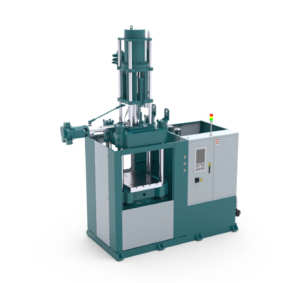
Both of these rubber injection molding machines offer exceptional performance for EPDM processing and remain reliable when handling other rubber materials. What truly sets them apart, though, is the extended warranty period, longer than typical industry offerings. That means fewer maintenance headaches, more uptime, and greater long-term value for your investment.
Conclusion
Can EPDM rubber be injection molded? Absolutely. Its strength, adaptability, and resistance to heat make it ideal for injection molding, especially when precision and repeatability matter.
To get the most out of EPDM, choosing the right machine is key. Dekuma rubber injection molding machines are built to handle EPDM and other elastomers with efficiency and consistency. Explore our lineup to find the ideal fit for your production needs.


